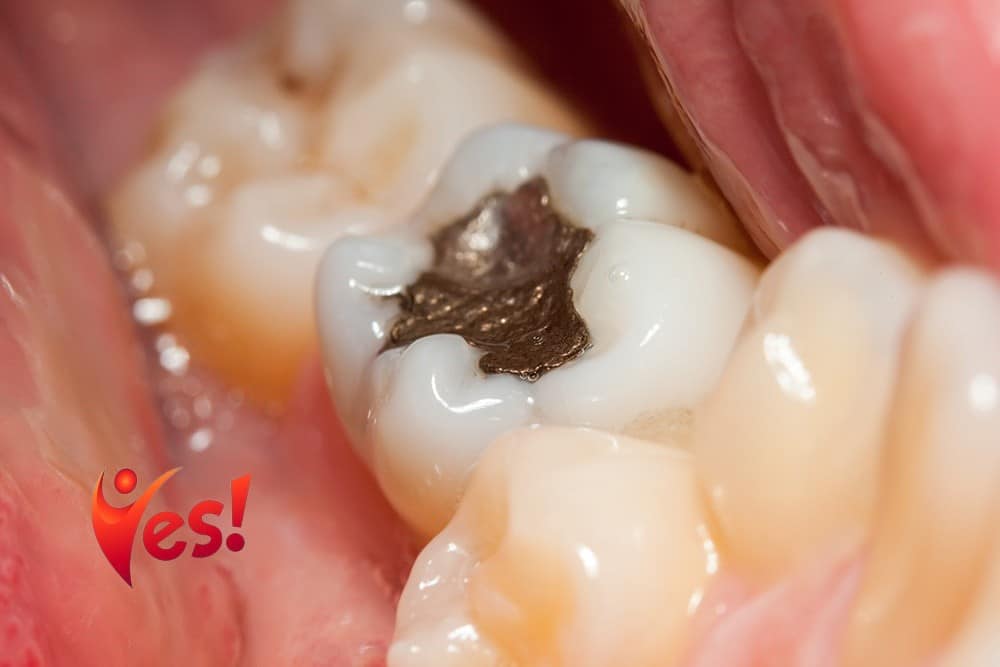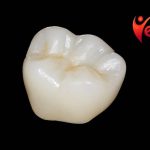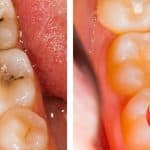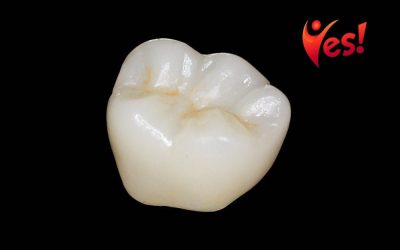Table of Contents
What Is an Amalgam Filling and why do you need them?
Are you aware of the advantages and disadvantages of amalgam fillings? Read on to learn more about the materials used in amalgam fillings and possible alternatives. Listed below are some of the main advantages of composite fillings. You may be interested in getting one, too! But first, let’s take a look at the process and materials used in amalgam fillings. After reading this article, you’ll be better equipped to decide whether amalgam fillings are right for you.
Disadvantages of amalgam fillings
Amalgam fillings are made of tin, silver, or copper. While they are extremely durable and affordable, they do come with some disadvantages. Patients do not like them because they are unsightly and do not blend well with surrounding teeth. Additionally, patients do not like having them visible when they speak or smile. As such, most dentists refrain from placing new amalgam fillings. However, there are several benefits to amalgam fillings.
When used to restore teeth with decay, amalgam fillings can last a decade or more. However, they can weaken the remaining teeth. They tend to develop deep structural cracks adjacent to the fillings. Repairs for fractured amalgam fillings usually require root canal treatment, crowning, or implant replacement. These risks are not present in composite fillings. These fillings are also very affordable and last for 10-12 years without the need for replacement.
Fortunately, the advantages of amalgam fillings outweigh any disadvantages, including the risk of mercury toxicity. Although mercury can cross the placenta, it has not been proven to cause any problems in pregnant women. However, pregnant women may want to avoid dental work during this stage of their lives. Their dentist can suggest alternatives for their needs. If you have a history of mercury exposure, your dentist can help you make the right choice.
Another advantage of amalgam fillings is that they are inexpensive and can be completed in a single visit. This is a huge benefit because it is a long-lasting, very strong filling, especially for back teeth. However, the disadvantage of amalgam fillings is that over time they will fade and stain the tooth structure surrounding the filling. As such, many patients prefer composite fillings over amalgam fillings.
In addition to being durable, amalgam fillings are also cost-effective and last for around 8 to 10 years. They are particularly useful for back-of-the-mouth cavities, which are always wet. Moreover, it is easy to clean and maintain. And the best part is, they are the least expensive type of filling material. And millions of people around the world have amalgam fillings, so they are the choice of many.
Another advantage of amalgam fillings is their appearance. Unlike composite resin fillings, these tooth-colored fillings are less noticeable and more attractive than silver. Composite resin fillings are also less expensive than amalgam fillings, and dental plans will often cover these. Also, they are more comfortable for patients, as they bond to the tooth surface faster than metal. The resin composite also preserves the maximum structure of the tooth, and causes less tooth sensitivity.
Dental amalgam fillings are made of a combination of metals, including mercury and silver. The amalgam fillings are made of about fifty percent mercury, which is the only element that can bond the metals together. Mercury is not a hazardous element, and the amount of exposure to it is far less than the danger of exposure from amalgam fillings. However, patients should be aware of the mercury content in amalgam fillings.
Materials used in amalgam fillings
Traditionally, dental amalgam fillings have been made from silver-base alloy shavings. The silver-base alloys contain 40-70% Ag, 25-29% Sn, 24% Cu, and 0-2% Zn. The Zn is a scavenger in the amalgam and will be lost to the body over time as an oxide. The dentist then packs the filling into the cavity, allowing it to set for six to eight hours.
Composite fillings, which have several advantages over amalgam fillings, are made of a plastic or ceramic material. They are less invasive and require less tooth structure to prepare than amalgam fillings. However, they don’t last as long as amalgam fillings. The average composite filling will last for about seven to ten years. These fillings also tend to discolor more quickly, and can require more frequent dental visits.
The FDA has approved dental amalgam for use in high-risk populations. A dentist can use it with confidence, as the fillings last anywhere from 15 to 20 years, depending on the size and location of the cavity. As a result, the fillings are often referred to as silver fillings, but this term is incorrect. In fact, amalgam is composed of 50% mercury and 35% silver. This composition ensures that the filling is long-lasting, despite the fact that it contains a large amount of elemental mercury.
Composite fillings contain plastic, glass, or metal, and are a great alternative to amalgam. They are much less expensive and last at least five years, but they may chip off the tooth if not taken care of properly. Additionally, they may require multiple visits to your dentist, which makes them less desirable. Composite fillings can be more durable, but they also tend to stain more easily than porcelain and glass ionomer. In some cases, the fillings can be as expensive as gold.
Although dental amalgam is a popular filling material, there have been several concerns about the safety of this material. Despite the concerns about mercury, major scientific organizations such as the Centers for Disease Control and Prevention and the Food and Drug Administration have all endorsed dental amalgam as safe. In fact, amalgam is considered to be one of the safest filling materials available. If you’re concerned about mercury, consider tooth-colored composite fillings instead.
Another popular alternative to amalgam is glass ionomer, a composite made from acrylic powders. The materials used in glass ionomer can release fluoride into your mouth. This can help protect your teeth from further tooth decay. While gold fillings are less expensive than other options, you may have to have several visits to your dentist to get them. Additionally, gold fillings create a gray-black hue in the surrounding tooth structure. Finally, silver fillings are not as durable and may increase your risk of fractured teeth.
Alternatives to amalgam fillings
While the metal mercury in dental amalgam fillings is one of the strongest, least expensive, and longest-lasting filling materials, many people are concerned about its health and environmental effects. The mercury in fillings releases low-level vapors, but several studies have shown no connection between amalgam and health issues. If you are allergic to mercury, you may want to avoid having amalgam fillings. Fortunately, there are other alternatives to amalgam fillings that do not contain mercury.
Some people want to avoid the toxic metal found in dental amalgam because of the adverse effects it causes, but some dentists are turning to alternatives to fill cavities. Tooth-coloured composites and porcelain white fillings are now popular alternatives. Gold fillings are also becoming a popular option. While they may not be as long-lasting as amalgam, they are more aesthetic than the metal ones and are safe for children. For those who have concerns about amalgam, VOCO offers three restorative options.
Another alternative to dental amalgam is the use of glass ionomer cements, a combination of silicate and polyacrylate. These are very strong and long-lasting alternatives to dental amalgam. Because they do not contract and expand with temperature, they are less likely to cause further damage to your teeth. They also require minimal extraction of healthy tooth structure, which can reduce the risk of secondary cavities. Composite fillings are not always the best choice for all cases.
Aside from being inexpensive, dental amalgam fillings can also cause negative health effects. If you have a history of mercury or dental issues, you should find an alternative to amalgam fillings. As a rule, mercury fillings contain small amounts of silver, copper, and tin. You can also find alternatives to amalgam fillings by researching the different types of fillings. Just be sure to speak with your dentist before getting any fillings.
Another alternative to amalgam fillings is composite resin. This material is stronger than amalgam, but it requires a well-controlled field of operation to avoid the risk of decay caused by the resin. However, it is less durable than amalgam because it can break down and allow bacteria to slip through. If you have a large cavity, you may also need a crown to protect it from further damage. Crowns provide strength and support and can be colour-matched better than amalgam fillings.











